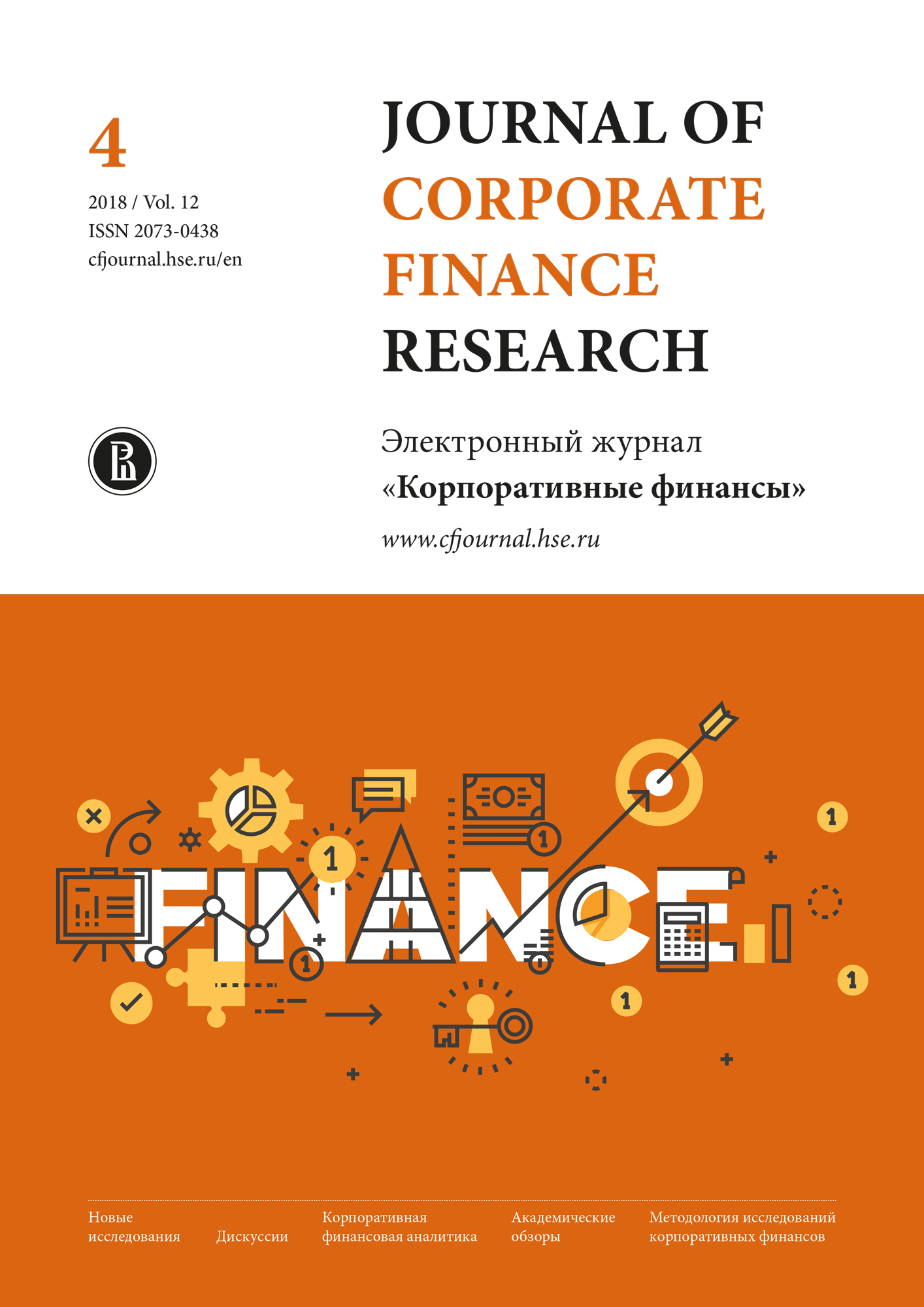Determinants of Mutual Funds Performance
Abstract
This article proposes a new extended approach to identifying the economic determinants of the performance of Russian mutual funds. The purpose of this study is to identify the factors that affect mutual funds’ excess return, both in the aggregate form (for the Russian mutual fund market in general, i.e. broad categories of funds with different underlying assets types), and for specific mutual funds (i.e. the specific performance indicators of individual funds). The conventional analysis scheme is extended by two stages: first, by analysing the momentum-effect (simple and risk-adjusted) using the Carhart model; and secondly, by testing the hypothesis on the coefficients significance using the bootstrap-method, which allows one to analyse the excess return of specific, individual mutual funds. Data from a sample of 667 Russian mutual funds for the period from 2000 to 2016 was analysed. The study revealed the following results. Investors can rely on historical data when selecting Russian mutual funds (the momentum factor is significant). Adjustment for risk improves the results (Treynor and Sharpe measures seem to cope best of all). The α Carhart coefficient is significant for only 7% of the sample, and thus it does not make sense to employ it in further analysis for every fund. The excess returns in the regression with funds’ characteristics are suitable to be set apart by the α Carhart coefficient and the benchmark estimation, which significantly refines the obtained results and improves the quality of the model.

